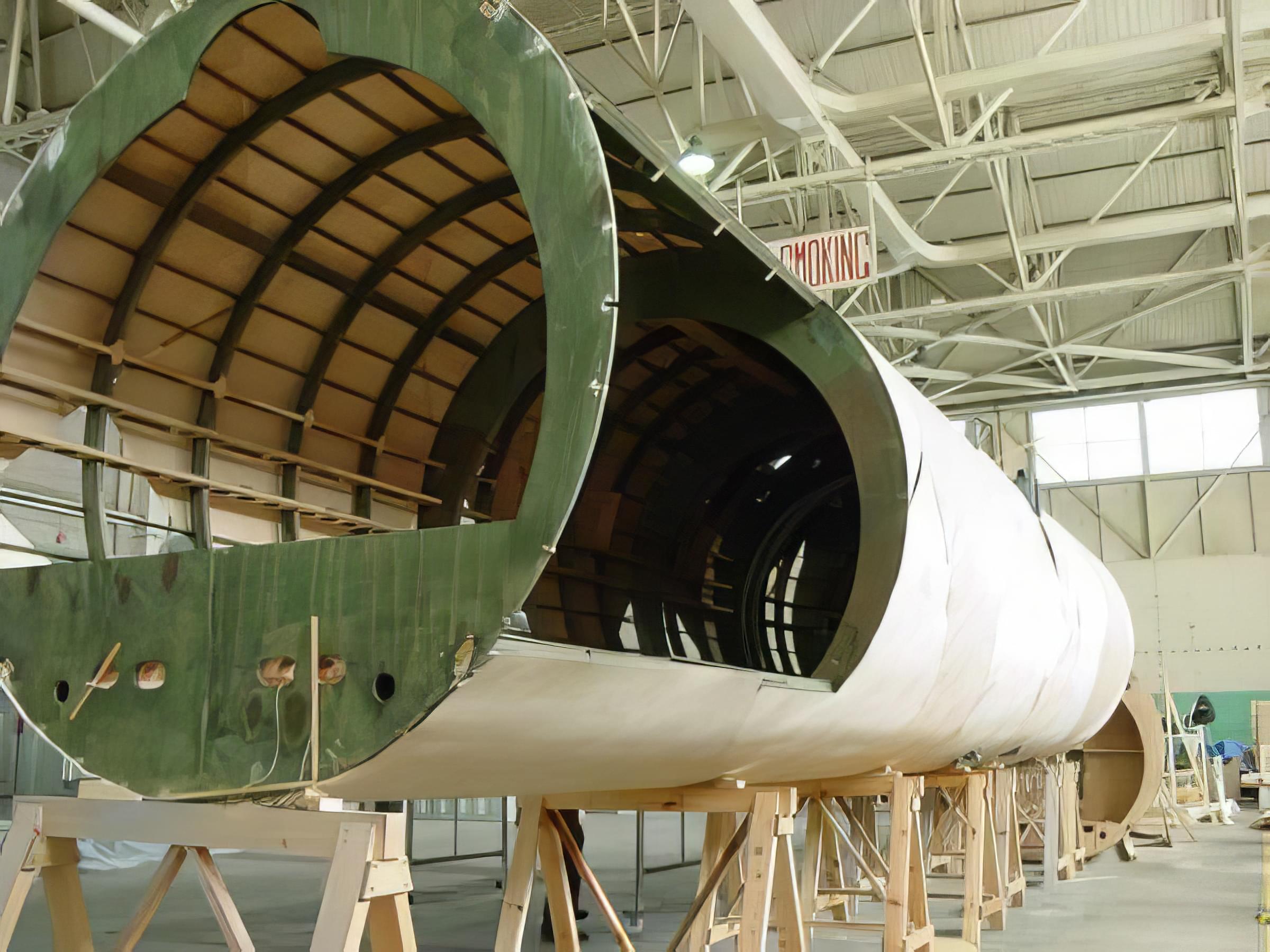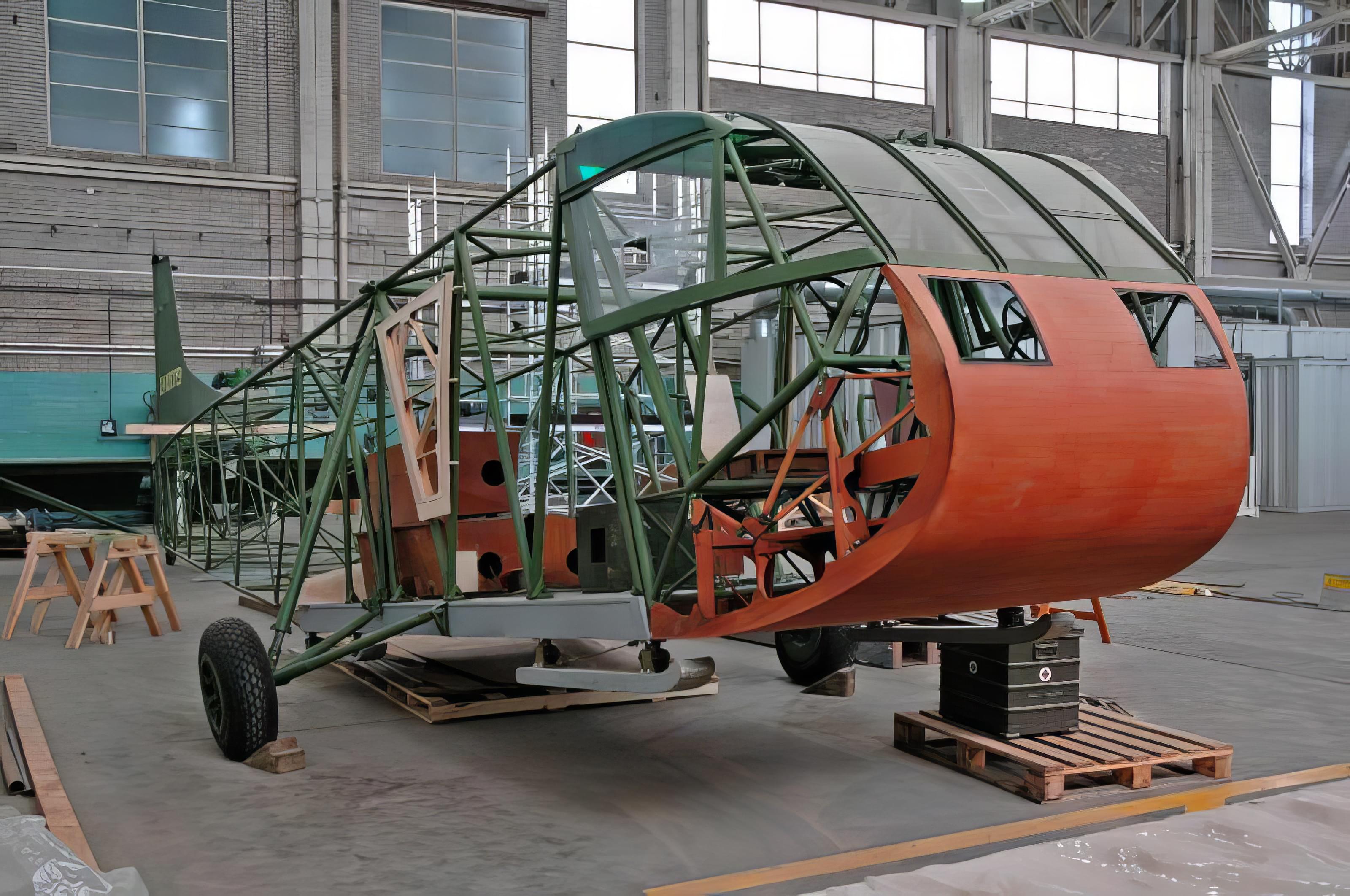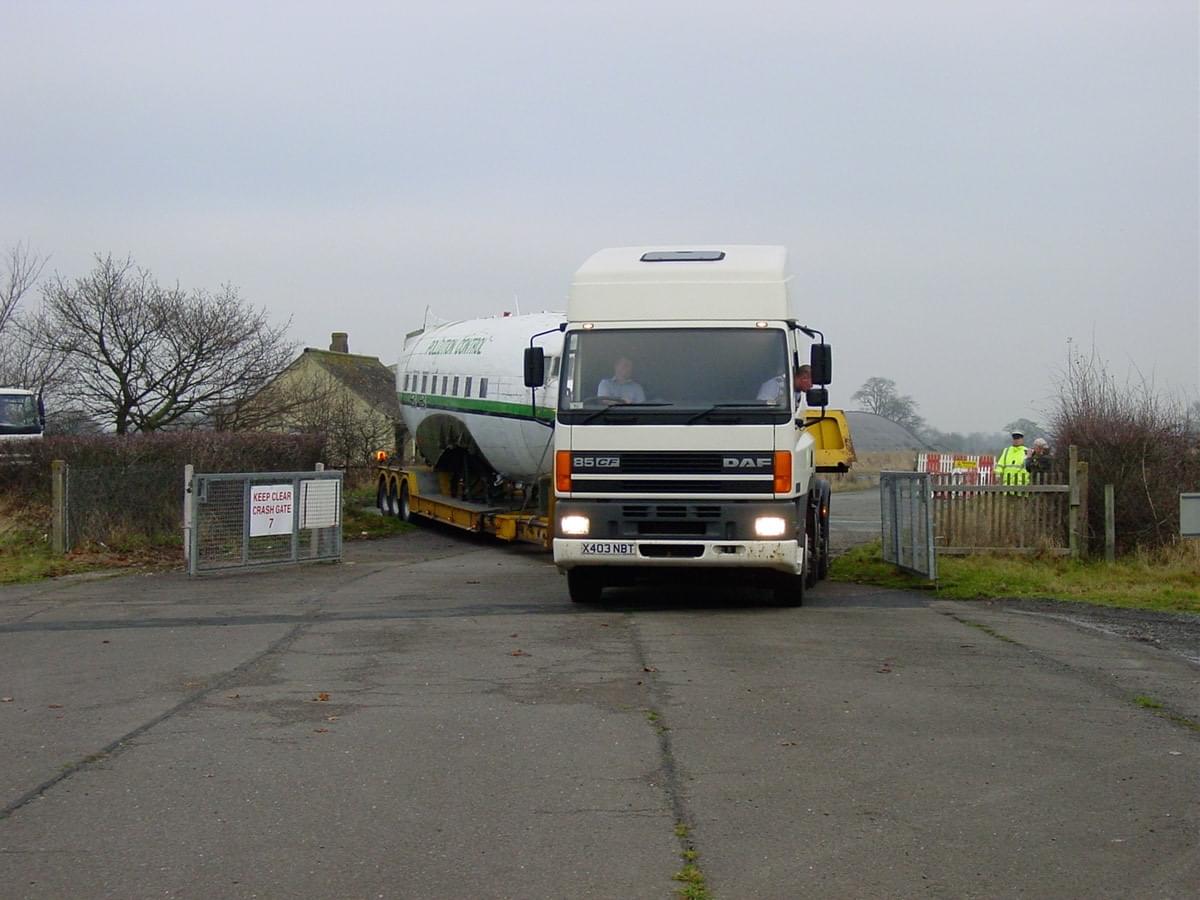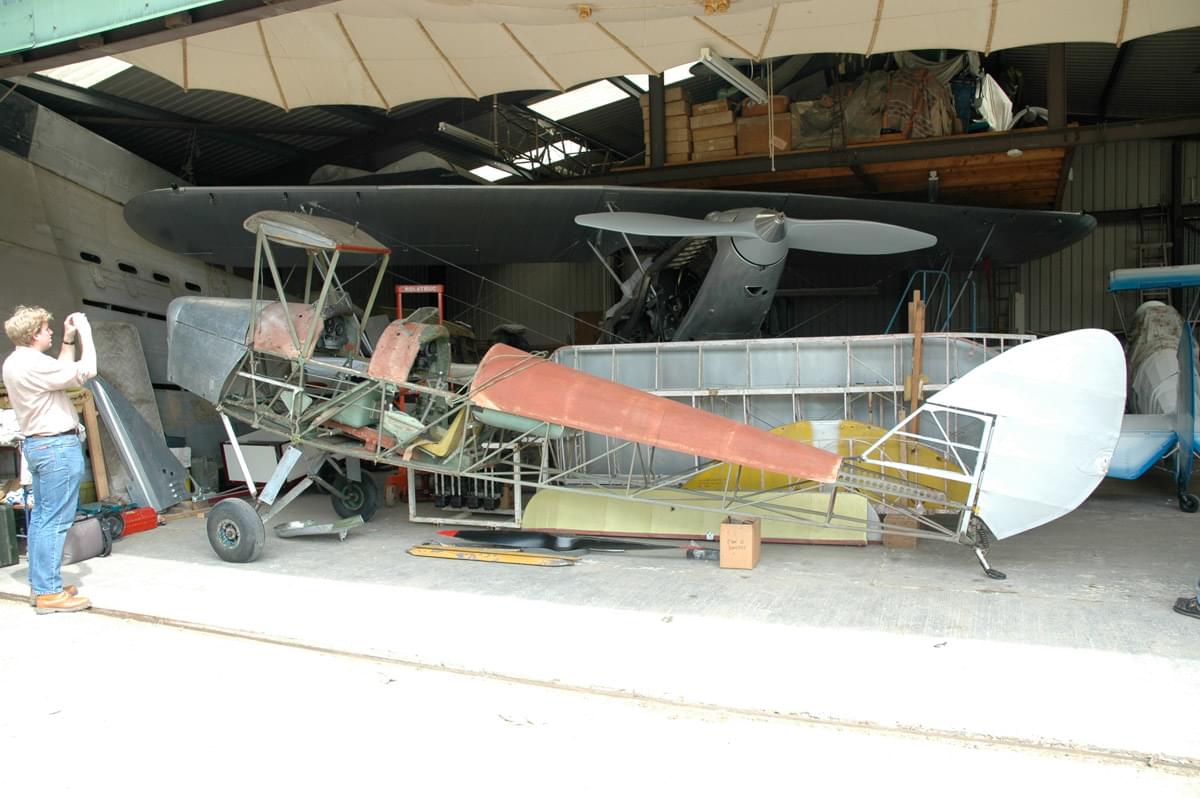Airspeed Horsa MK 1 Assault Glider
The Assault Glider Trust Airspeed Horsa has been built from scratch using original plans and by examining surviving aircraft components. Although the plans show a great deal of detail, they are mostly ‘assembly’ drawings and are often lacking measurements and sizes. This has required the volunteer workforce to do a lot of ‘reverse engineering’ in order to make everything fit together correctly. The aircraft has been built using original techniques and original parts have been incorporated wherever possible. Although the Horsa is being built to flight condition, it will not be flown.
CG-4A Waco Assault Glider
In World War two, American glider pilots were trained at Lubbock, Texas. The City of Lubbock donated US$3M for the construction of a new Silent Wings Museum at Lubbock, and US$600,000 per year to run it. The new museum was opened in October 2002.
The American 17th, 82nd and 101st Airborne Divisions used about 350 British Horsa's on operations in Europe. The Horsa had a much greater load carrying capacity than the American Waco. The Silent Wings Museum intends to build a Horsa and as as part of a Trans-Atlantic exchange, they supplied us with Waco parts in exchange for Horsa sub-assemblies that we have constructed for them.
C-47 Dakota Glider Tug and Transport
Dakota G-AMHJ - KG651 was formally presented to the Assault Glider Trust by Mr Stuart Powney on 7th November 2003 on behalf of Air Atlantique. This aircraft was built as a C47A at Oklahoma City in 1944, manufacturer's serial number 13468. It was delivered to the US Army Air Force on 30th May 1944 as 42-108962 but it was diverted to the Lend-Lease Programme. The aircraft became RAF serial number KG651 at No 45 Group at Montreal Dorval on 3rd June 1944.
DeHavilland Tiger Moth
DH82A Tiger Moth EM840 was one of a batch of 220 Tiger Moths built by Morris Motors of Cowley in 1943 and delivered in batches between January and December 1943. It was delivered to 21 Elementary Flying Training School (21 EFTS) at RAF Booker on 6th July 1943. At 0955 hrs on 18th April 1944 EM840 was being flown solo by Corporal ASL Jenner 872865 of the Glider Pilot Regiment when it bounced heavily while trying to land, damaging the port undercarriage. Jenner correctly opened the throttle, went round again and safely landed the aircraft. The aircraft was sent for repair and never flew again on training before it was sold by the RAF on 25th September 1953. Although it was given the civil registration G-ANBY it was never overhauled for civil operation. Its CAA application was withdrawn by October 1956. The Trust has completed extensive restoration work, aided by a grant from the Heritage Lottery Fund, to bring the aircraft to the condition that you see today.
Horsa Production in 1943
When the Horsa production was in mass production in 1943, many small factories around the UK made component parts and these these were assembled to make up the whole aircraft. This collection of pictures shows both component production and final assembly.




